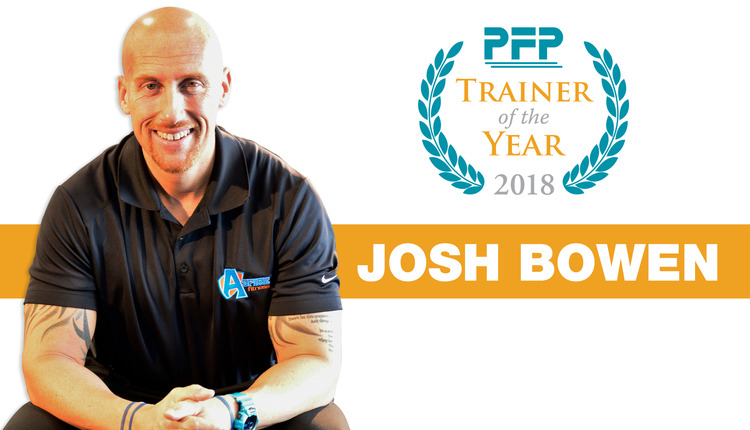The outlook for cancer patients, in some ways, has never been better, with breakthroughs leading to earlier diagnoses of certain malignancies, new treatments, and improved survival rates.
But that string of successes could be threatened. By the year 2020, the United States could face a shortage of as many as 4,080 cancer doctors, according to a recent report issued by the American Society for Clinical Oncology.
"As of 2007, we were in equilibrium," says Dr. Dean Bajorin, an oncologist at Memorial Sloan-Kettering Cancer Center in New York City and co-chairman of the society's Workforce Implementation Working Group, which developed the report. "It looks like the demand for services appears comparable to provision of services."
"But," he adds, "We think it won't get better than that. The shortage will be gradual over time."
The report cites a number of factors likely to lead to the shortfall. They include the aging of the U.S. population, with the number of Americans 65 and older expected to double from 2000 to 2030. Cancer is more common among older adults.
Also, many oncologists are expected to be retiring soon, Bajorin says.
A third factor is the growing number of female oncologists, Bajorin says. While the medical profession applauds the fact that there is more gender balance among oncologists, studies have found women cancer specialists tend to see fewer patients than do male oncologists, he says.
Exactly why isn't known, Bajorin says. "Some may work fewer hours because of family obligations," he says. "Or it may be more complicated than that. They may spend more time with their patients than do the men."
One question being asked by oncologists in anticipation of the expected shortage is whether cancer patients need to be cared for continually by cancer specialists.
One remedy to the shortage might be to train other doctors, or nurse practitioners, to take over some aspects of cancer care, Bajorin says. For instance, they might be trained in "survivorship care," caring for patients once their cancer has gone into remission or has been eliminated.
Or the solution might require an attitude shift on the part of both oncologists and patients, Bajorin says, from a primary cancer doctor providing care to an entire team providing care, with different health care professionals tending to patients at different stages.
News release modified from the original news release provided by USA Today. Visit www.USAtoday.com for more headlines.
But that string of successes could be threatened. By the year 2020, the United States could face a shortage of as many as 4,080 cancer doctors, according to a recent report issued by the American Society for Clinical Oncology.
"As of 2007, we were in equilibrium," says Dr. Dean Bajorin, an oncologist at Memorial Sloan-Kettering Cancer Center in New York City and co-chairman of the society's Workforce Implementation Working Group, which developed the report. "It looks like the demand for services appears comparable to provision of services."
"But," he adds, "We think it won't get better than that. The shortage will be gradual over time."
The report cites a number of factors likely to lead to the shortfall. They include the aging of the U.S. population, with the number of Americans 65 and older expected to double from 2000 to 2030. Cancer is more common among older adults.
Also, many oncologists are expected to be retiring soon, Bajorin says.
A third factor is the growing number of female oncologists, Bajorin says. While the medical profession applauds the fact that there is more gender balance among oncologists, studies have found women cancer specialists tend to see fewer patients than do male oncologists, he says.
Exactly why isn't known, Bajorin says. "Some may work fewer hours because of family obligations," he says. "Or it may be more complicated than that. They may spend more time with their patients than do the men."
One question being asked by oncologists in anticipation of the expected shortage is whether cancer patients need to be cared for continually by cancer specialists.
One remedy to the shortage might be to train other doctors, or nurse practitioners, to take over some aspects of cancer care, Bajorin says. For instance, they might be trained in "survivorship care," caring for patients once their cancer has gone into remission or has been eliminated.
Or the solution might require an attitude shift on the part of both oncologists and patients, Bajorin says, from a primary cancer doctor providing care to an entire team providing care, with different health care professionals tending to patients at different stages.
News release modified from the original news release provided by USA Today. Visit www.USAtoday.com for more headlines.







